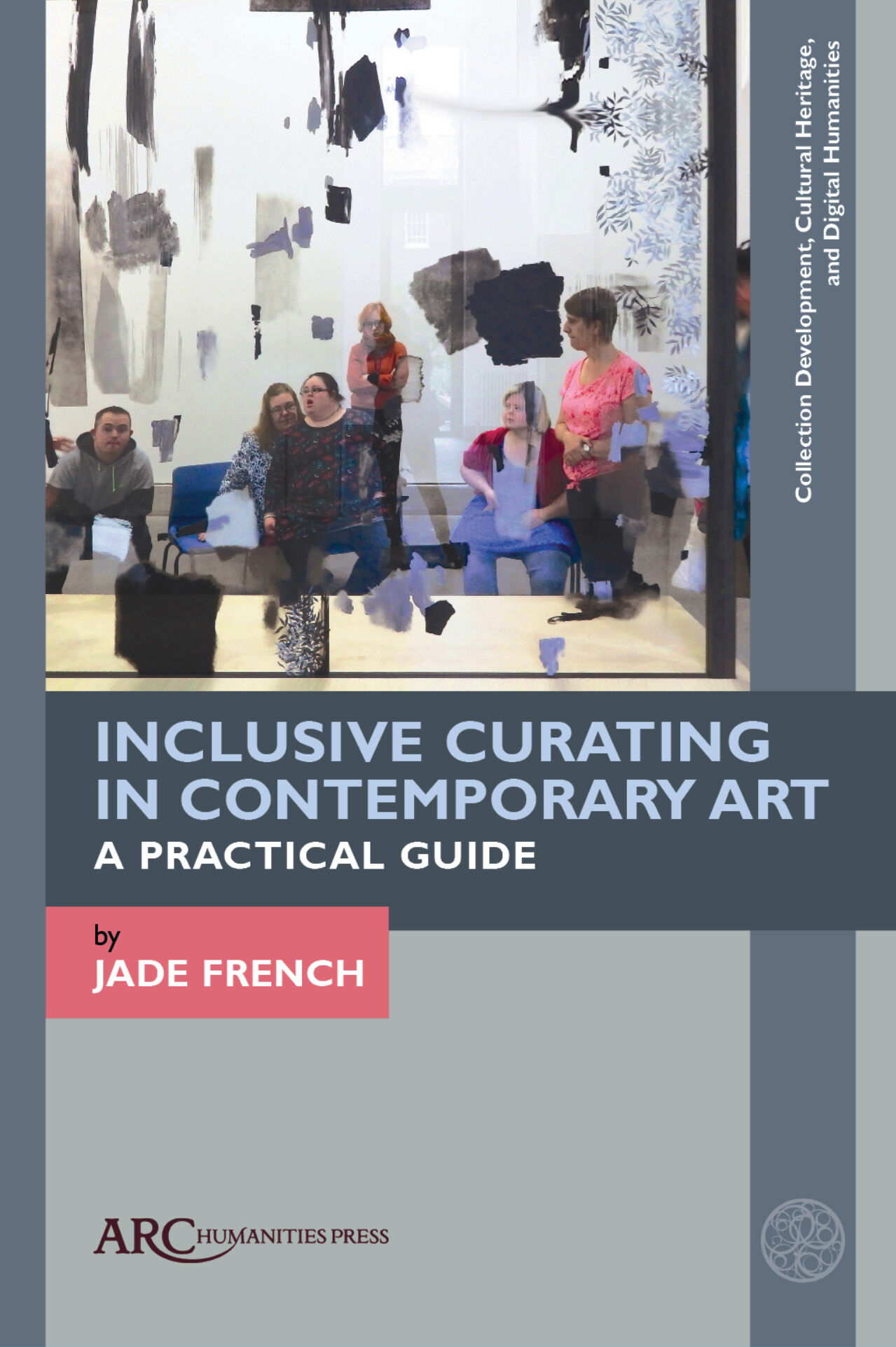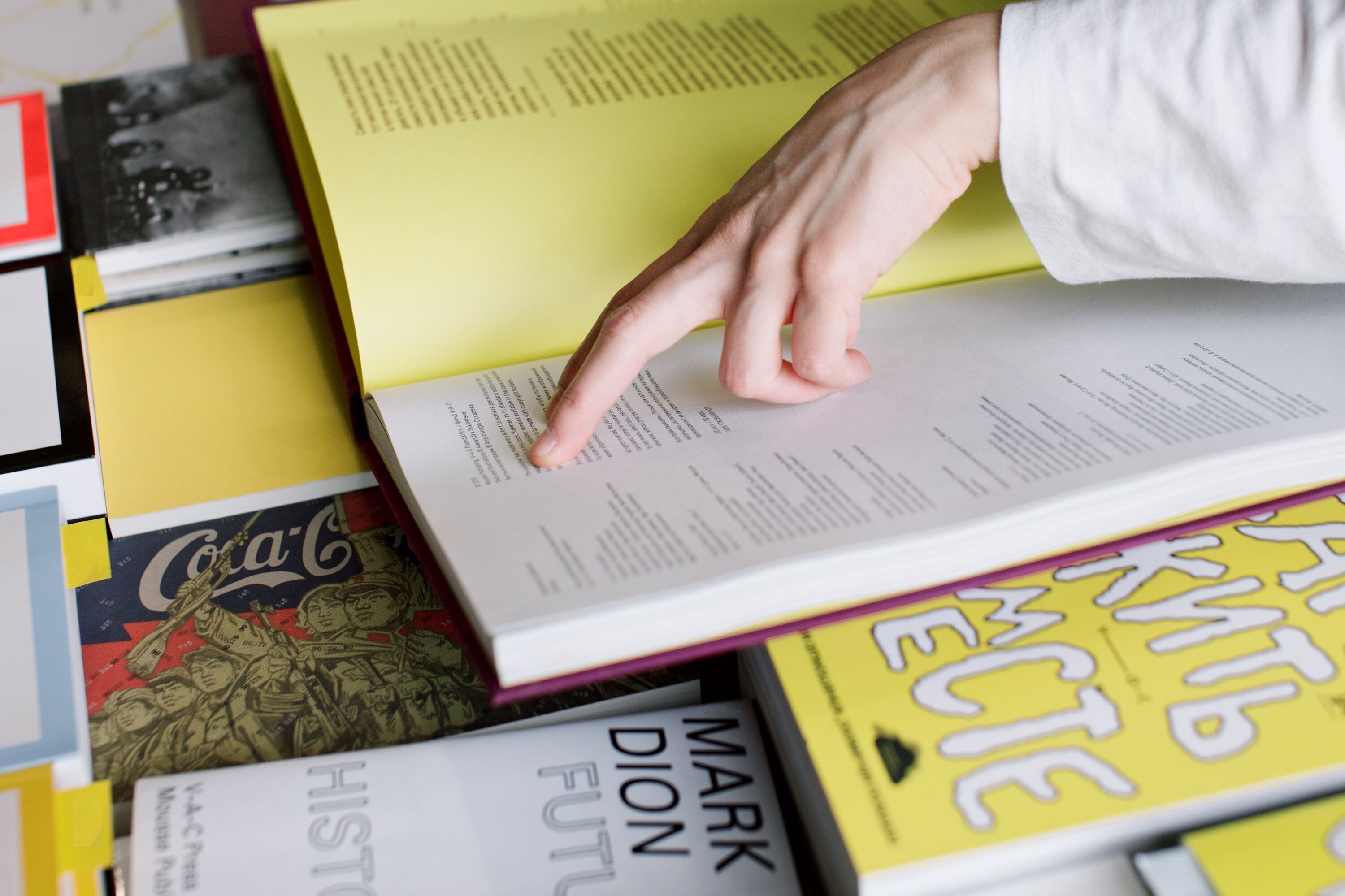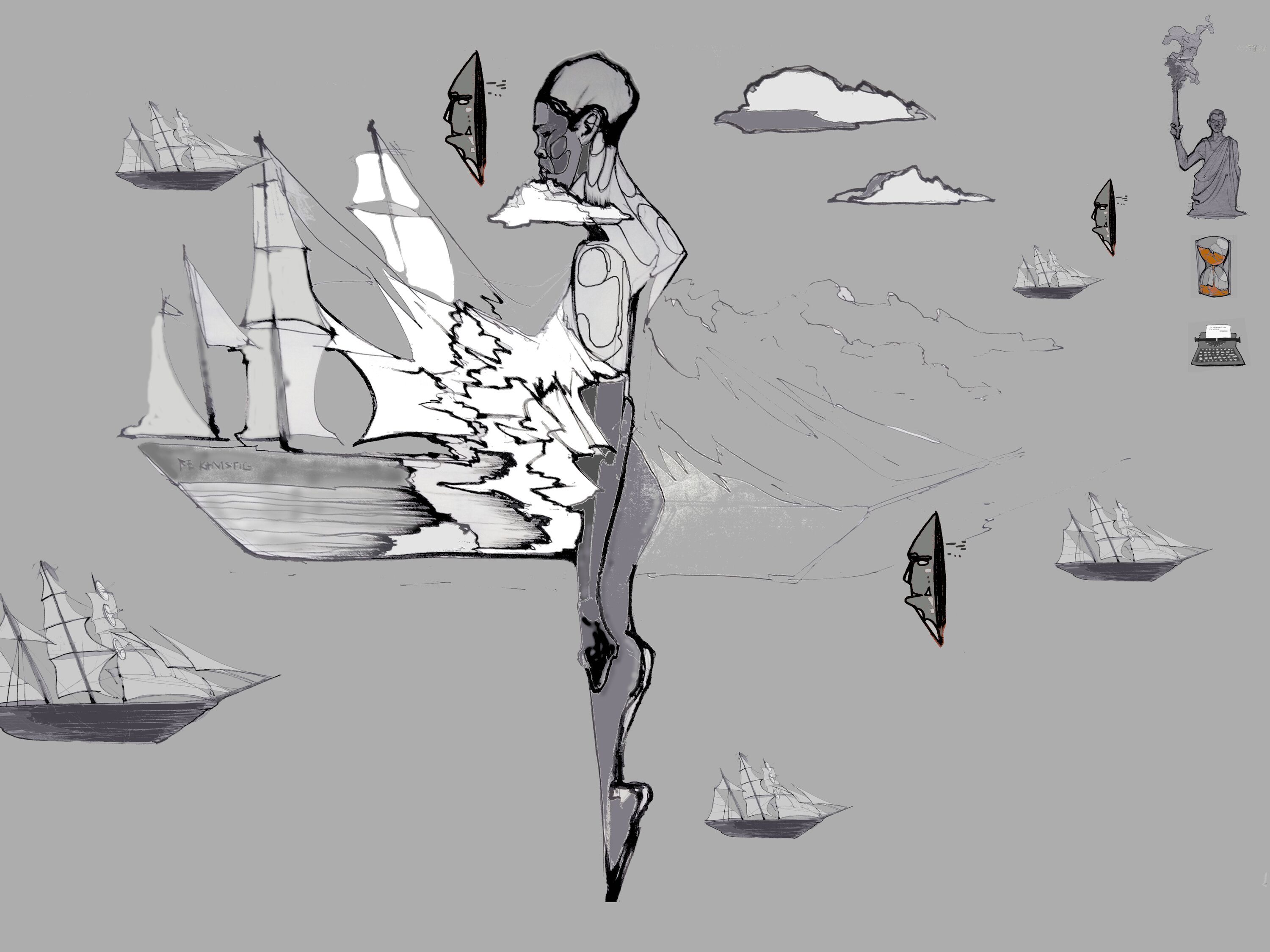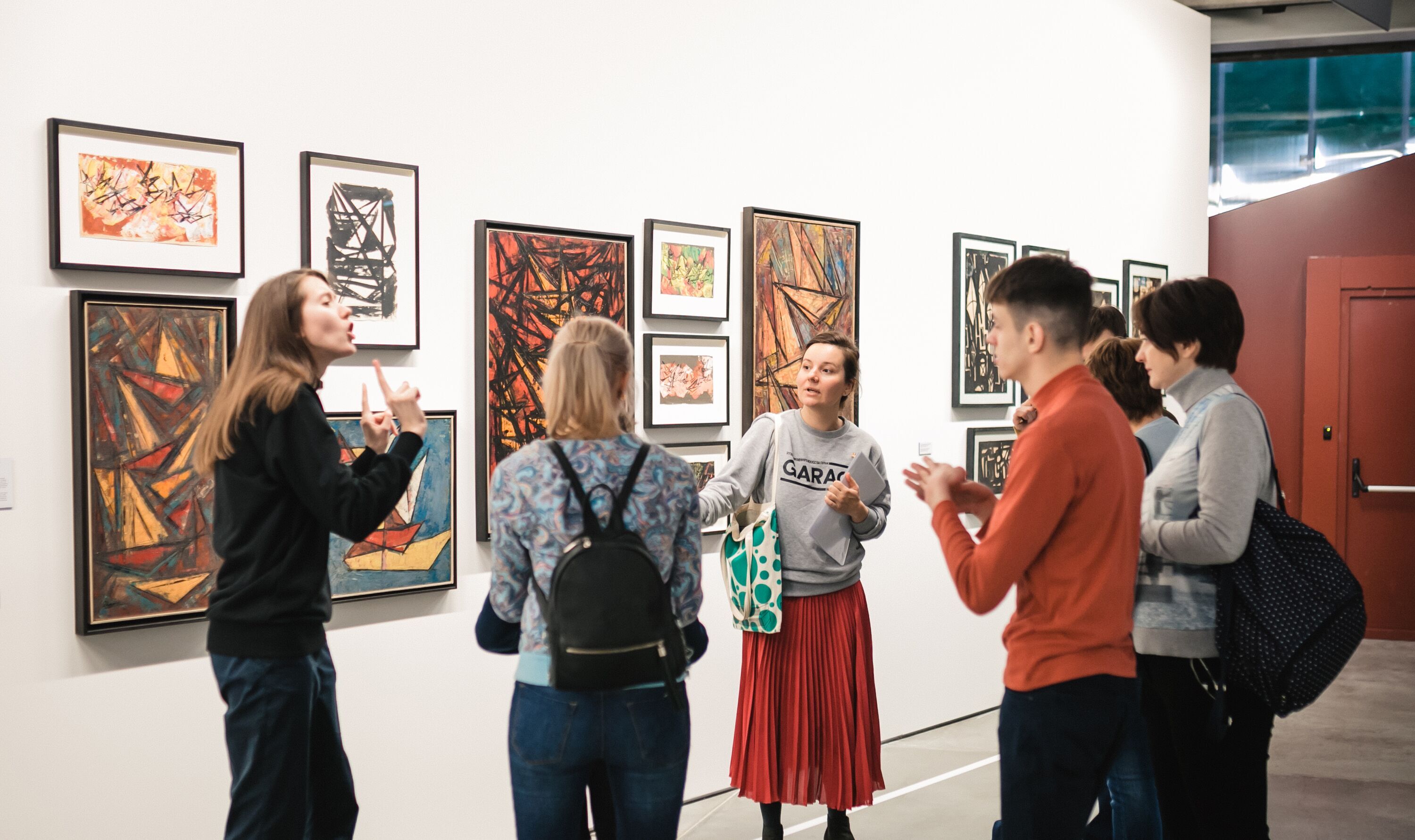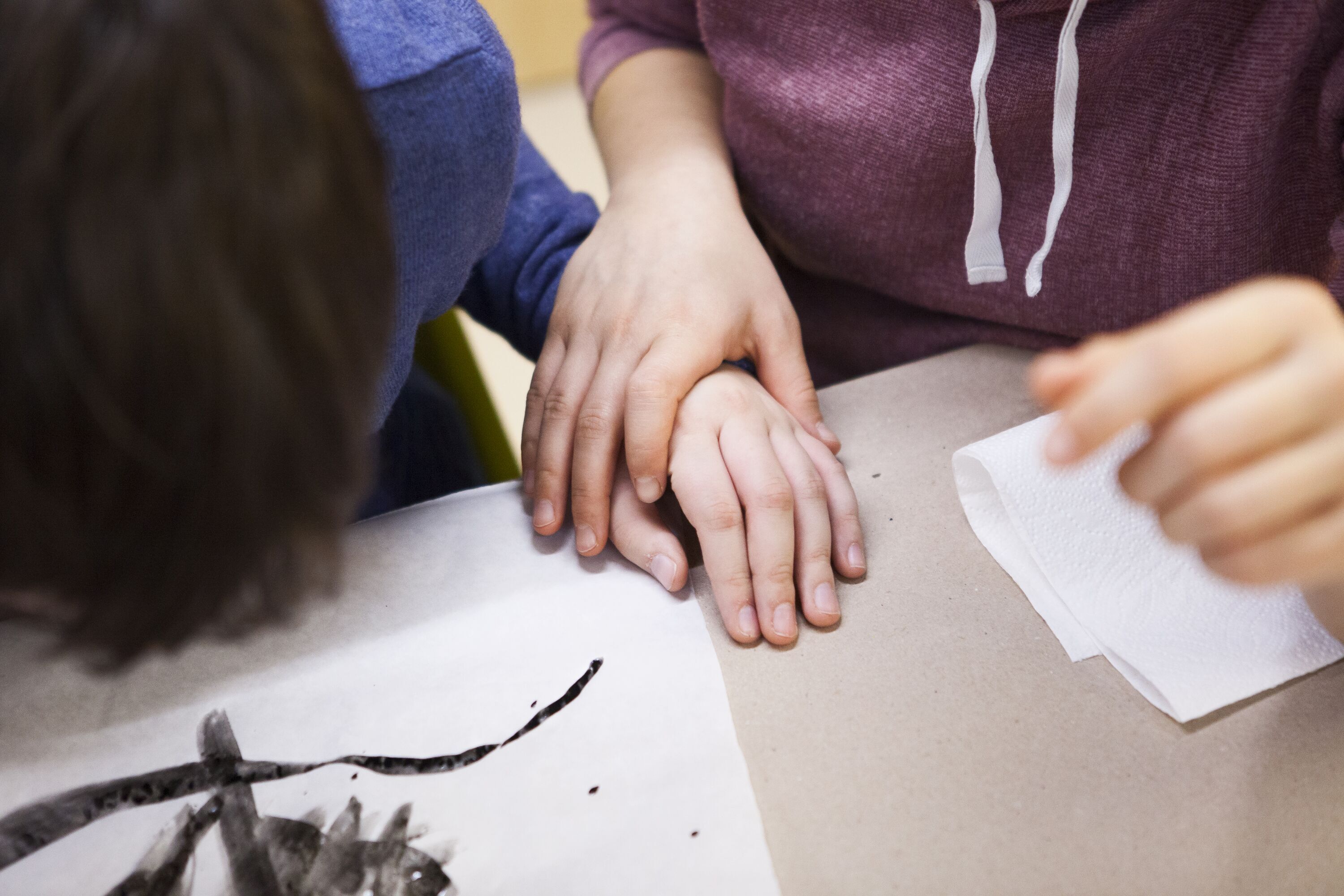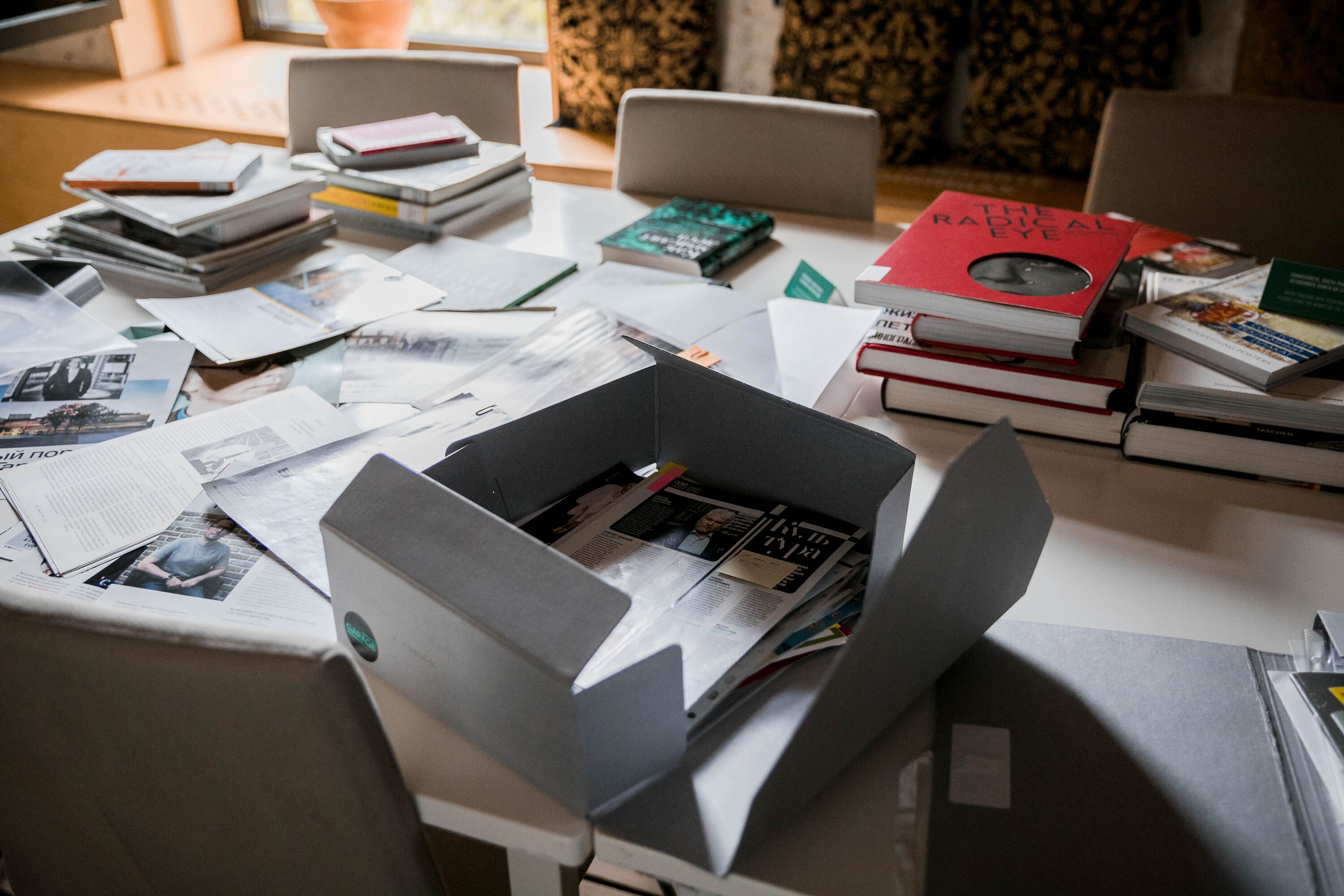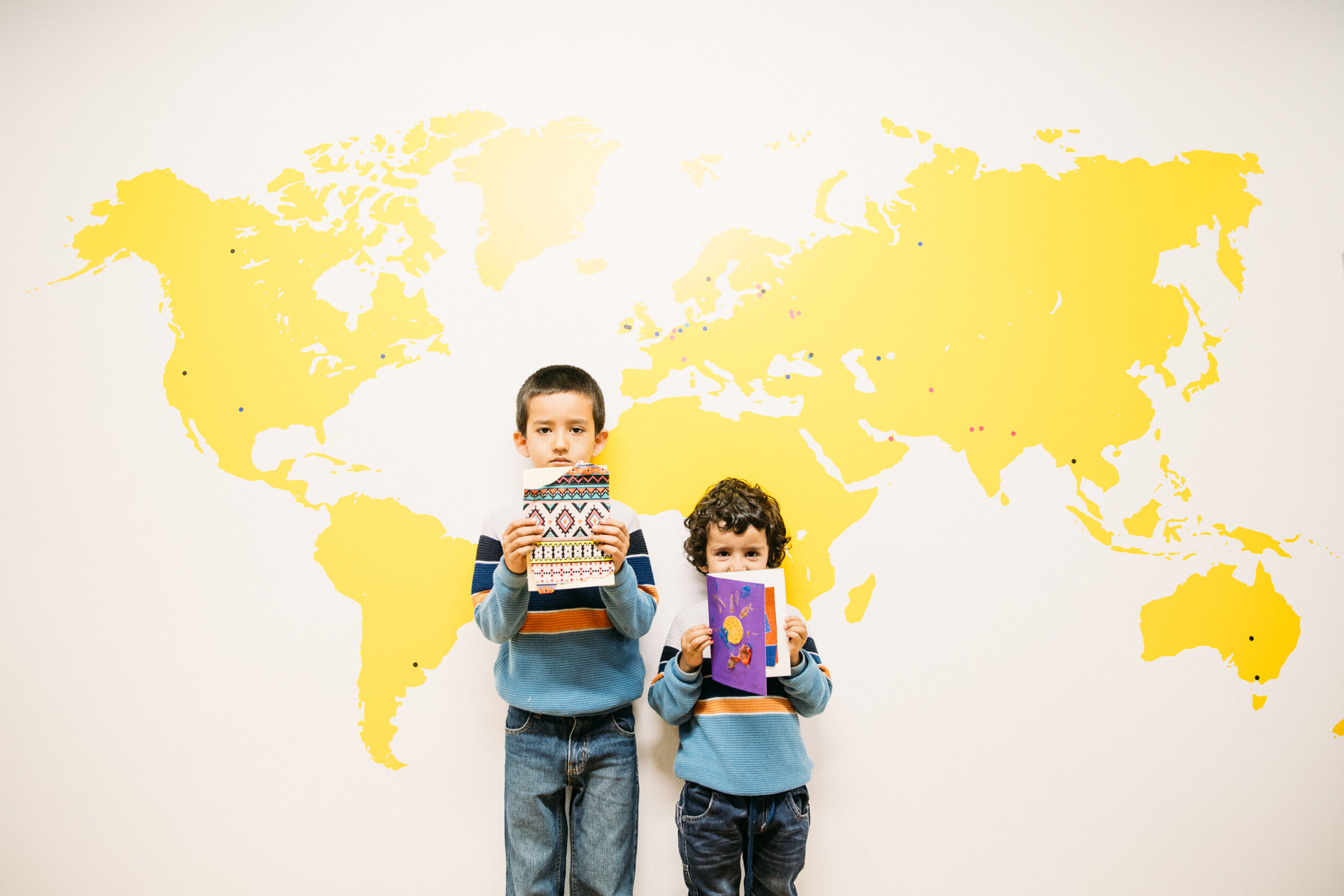Articles by keyword "access"
In recent years, the issues of inclusion and accessibility have been among the most relevant topics discussed within museum communities. The methods of working with different groups of visitors have come a long way: from the introduction of sporadic practices to the institutionalization of the sphere. The creation in museums of specialized departments, the increase in relevant events, and, as a result, the accumulation of the relevant experience have resulted in a range of methodological guides, summarizing and reflecting upon the acquired knowledge and skills.
Today, museums around the world face long-standing issues of access, representation, and inclusivity. Although many look to open their doors to broader audiences, to reap the presumed benefits of the digital sphere, and to expand their collections to embrace a plurality of perspectives, far less attention has been paid to how institutions include and represent artists.
The essay reflects on the development of new social roles and, as a result, new identity aspects by deaf visitors of Garage Museum of Contemporary Art, in the period from 2016 to 2020. Based on her personal experience of working in the inclusion department of Garage and on unstructured interviews with deaf individuals, the author analyzes the process of rethinking deafness as the key factor that shapes their identity. By examining a series of examples of deaf people acquiring new social roles within the art institution, she looks for interconnections with their personal sense of self.
Art working with the topic of boundaries and limitations mostly falls within the category of socio-cultural practices. The experiences of temporary blindness, color blindness, impaired bodily sensations, and other limitations and changes of perceptual abilities in works by contemporary artists are viewed in this article not as an integration technology, but as an artistic device and a method of contemporary art.
What is the role of collaborative research in contemporary museum practice? How can an art institution support research in the arts and humanities? These are some of the questions that were sent to a panel of interlocutors—among them multi-disciplinary researchers, curators, and art managers. Their responses are presented in the form of a discourse about contemporary art institutions and research; its focus is on how art institutions can generate knowledge, support research, and build inclusive environments.

